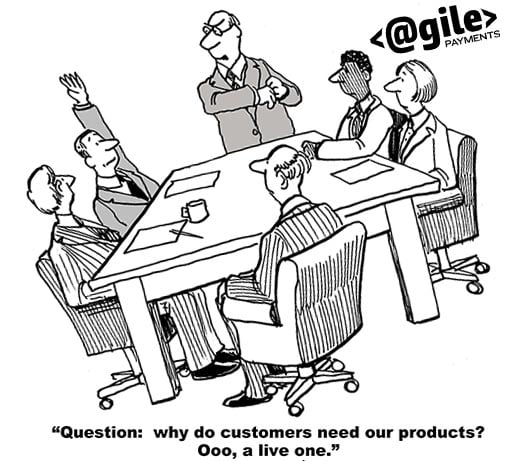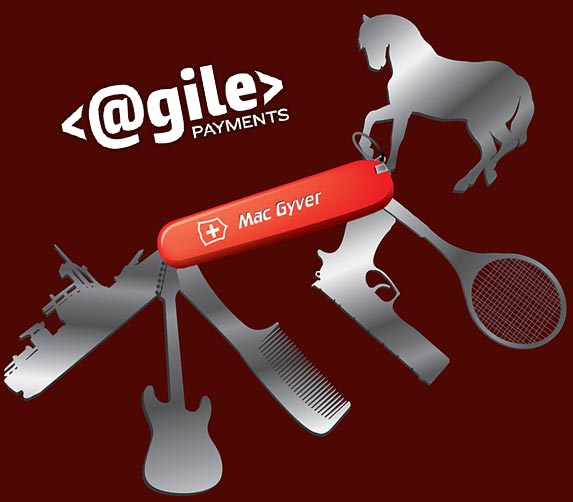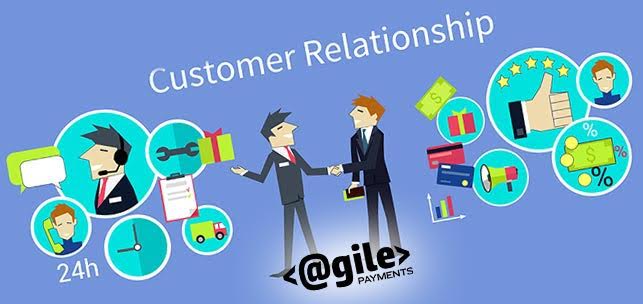MacGyver had a knack for finding a quick solution to an immediate problem. It’s this same frame of mind that’s required to meet the needs of potential customers you hope to reach through SaaS marketing. An effective SaaS marketing strategy is one based on an understanding to the typical SaaS marketing funnel that’s also built on trust established through productive lead generation, careful monitoring of SaaS marketing metrics, and the creation of meaningful customer partnerships.
1. Understand Customer Needs and Establish Trust


People need to move through the stages of the SaaS marketing funnel for trust to be established. The purpose of funnels is to track these stages to determine how many people are proceeding to the stages beyond the initial one. By pinpointing where potential customers are hesitating or bailing, you’ll know what stages in the process you need to fix, with data specific to the SaaS marketing funnel that should be tracked including:
• Number of visitors to your site
• How many people, at least, go for a trial signup period
• When people have their “ah-ha” moment, or when they see a value to your product based on what they’re experiencing during the trial period
• How many people decide to upgrade to a paid plan once the trial period is over
2. Offer Real Solutions to Real Problems


• How can you improve the results I’m already getting?
• What can you do to help me do this better than I’m doing it right now?
• How can you help me better allocate my time and resources to achieve the same goal?
You don’t necessarily have to detail how your specific products offer solutions. Instead, you could focus on the solutions your business provides to all customers. An approach like this can be good for your brand although you can always further define your solutions by product elsewhere on your website beyond your general introduction.
3. Encourage and Manage Ongoing Customer Relationships
In today’s world, customers expect fast results, often faster than what’s realistically possible. Put yourself in the place of your customers to better understand their expectations. Do your best to go from the initial selling stage to the point where you’re providing the solutions they expected through the services you’ll provide as quickly and effectively as possible without sacrificing quality in the process.
If you’re running a service-oriented business, consider using an SaaS marketing platform designed to facilitate a productive and responsive customer relationship. While getting that initial sale is great, keeping customers satisfied throughout the duration of your relationship is just as important, especially if you want solid feedback. Successfully manage customer relationships on an ongoing basis by:
• Appointing a primary contact person for client communications to establish consistency and eliminate unnecessary confusion
• Using project management tools to track client communications in a single place
• Being proactive with client contact by checking in frequently to see how everything is going
4. Add SaaS Marketing Automation to Your CRM Workflow
You’re likely to get better results by integrating some level of SaaS marketing automation within your Customer Relationship Management (CRM) solutions. Effective use of automation can address common deficiencies such as poor lead quality and a lack of understanding of buyer motivations. Effective automation can help you maintain control over marketing efforts by:
- •
- Adding qualified leads
• - Identifying ideal prospects
• Monitoring funnel stages
• Prioritizing leads
• Shortening sales cycles
It’s also worth considering an SaaS marketing platform for webinars specific to your brand since webinars can increase engagement through each stage of the customer lifecycle. HubSpot has an automation feature you can use to link lead and prospect data with webinar activity.


5. Be a Guide for Your Customers
What a customer needs or expects from you is likely to change over time. How well you respond to those evolving needs will determine the effectiveness of you
r customer relationships. Each product you offer is going to have a learning curve, so be a guide through the learning process to help them start with the basics before offering guidance with more advanced features.
The purpose of remaining engaged is to boost customer retention since a lack of support beyond the initial signup is likely to frustrate customers. Instead, think of each customer relationship as an ongoing partnership. Value can be added to your product(s) by:
• Teaching the basics of how to use the product through tutorials, responsive emails, and live support during the initial month
• Encouraging customers to ask questions and actively seek product assistance
• Offering up-sell and cross-sell opportunities to further enhance value
6. Solicit/Provide Feedback Based on Milestones
Coordinate efforts with your sales and marketing team and your client services team to set predetermined points where feedback is encouraged. The main purpose of soliciting feedback is to build trust. This can take the form of a survey you include in follow-up emails or a quick call to ask how everything is going.
Share success stories as blog posts or use positive feedback as a testimonial on your website to enhance your credibility with new potential customers. Since there is, at least theoretically, no end to your customer relationship with a product or service that will be used on an ongoing basis, you’ll need to identify key performance indicators to determine when it’s time to reach out and seek feedback. Send feedback inquiries to:
• Users remaining especially active
• Those who fail to meet activity thresholds based on what’s typical with your customers
• Users who signed up for the free trial but opted not to continue with the paid version of your product or service
There are many tools you can use to manage engagements and better determine when to encourage feedback. Intercom, for instance, is a handy tool that allows you to track users based on where they are in the process based on when they signed up, when they were last active, and number of sessions. Use this information to do things like send emails to users who haven’t really started using your product all that much after signing up to ask if they have any questions or do the same with users who are frequently using your product to ask how they like their experience so far.
7. Appeal to Mobile Customers
It’s safe to assume that a substantial chunk of your potential customers are going to be accessing your content via a mobile device. If you haven’t done so already, update your content so it’s designed to be easily accessible to mobile customers since doing so can boost conversions by nearly 70 percent, according to a UK study. Mobile-friendly capabilities should extend to:
• SaaS feature sets
• SaaS marketing messages
• Value statements


On a related note, don’t forget to make sure your emails are as mobile-friendly as possible since many of your customers are also likely to be checking their emails via their devices. With more than 60 percent of cellphone conversions coming from email marketing, it’s definitely a form of customer contact that’s still relevant and effective. The SaaS marketing and customer engagement possibilities with email include:
• Follow-up emails after customers sign up
• New product notifications to existing customers
• User-specific emails offering incentives to go beyond the trial period or to come back and try your product again for users who chose to cancel or not renew
8. Join Relevant Social Conversations
SaaS platforms can help you identify relevant social media conversations, which further increases your engagements and, ultimately, directs more traffic to your site. SocialFlow’s Cadence is one particular tool that can help you track social conversations relevant to your brand so you’ll have a better idea of when to jump into a conversation. Ad buys with Cadence can further amplify your message among an audience likely to be receptive to your message.
As far as useful tools and analytic features go, Buzz Equity is especially useful since it allows you to listen to social media conversations in real time. Brandwatch allows you to track what’s being said about your brand. Buffer is a free tool you can use to set a schedule for your posts for when you want to be the one sparking the conversations.
It’s just as important to keep tabs on social media trends to further streamline your social engagements. No longer exclusive to Twitter, hashtags can help organize trends, so don’t be so quick to dismiss the feature as a passing fad or something not relevant to SaaS marketing. When properly used, hashtags can make it easier for you to contribute to social conversations relevant to your brand.
After you have an SaaS marketing strategy in place, decide on an appropriate SaaS marketing platform. Evaluate your resources and determine how much SaaS marketing automation is necessary. Finally, track your results with customized SaaS marketing metrics centering on the facts you need to know to fine-tune your efforts; and remember your strategy isn’t set in stone, so adjustments can, and should, be made based on results you’re seeing.




